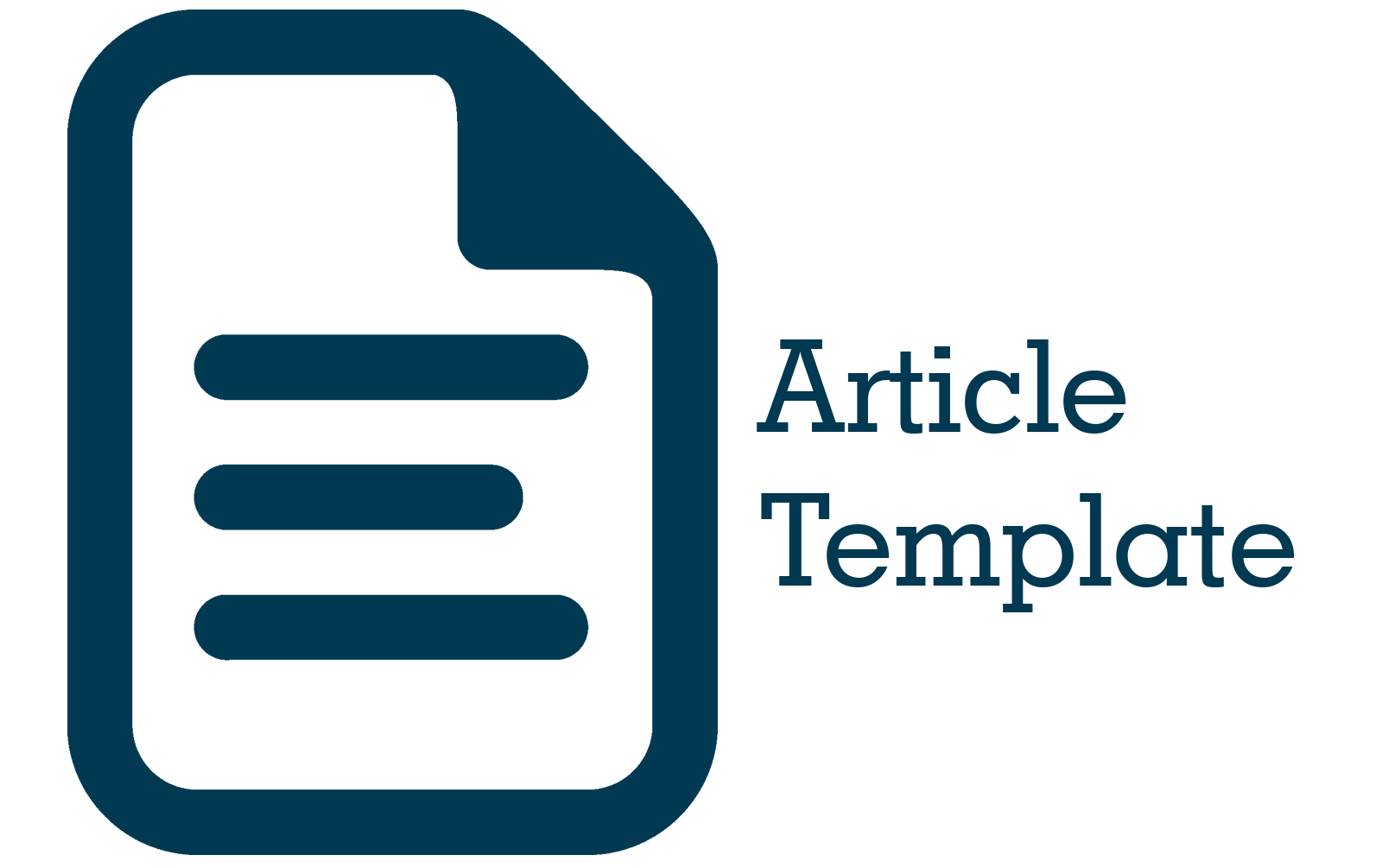Perbandingan Peramalan Curah Hujan di Kota Bandung Menggunakan Metode Seasonal Autoregressive Moving Average (SARMA) dan Seasonal Autoregressive Moving Average with Exogenous Input (SARMAX)
Abstract
Abstract. Forecasting is an important component in decision making because it can estimate the value of data in the future using past data. This research proposes the use of a forecasting method that can handle univariate time series data designed to forecast seasonal pattern data. Therefore, it allows analysis to find the best model comparison using the Seasonal Autoregressive Moving Average (SARMA) method and the Seasonal Autoregressive Moving Average with Exogenous Input (SARMAX) method. The SARMA method is an extension of the ARMA method which is used for data with seasonal patterns (repeating every period). The SARMAX method is a method that really pays attention to independent variables so that this method is sufficient to minimize errors in forecasting data. The aim of this research is to determine the model and forecast results for the next 12 months from rainfall data in Bandung City and compare the error rate values of the two methods, namely SARMA and SARMAX with the exogenous variable air pressure. From the test results using both methods, the model obtained (1,2)(0,1)12 and from the forecasting results it was found that in January 2024 there was high rainfall, while in September 2024 there was low rainfall. Apart from that, it was found that the SARMAX model provided better performance with an RMSE value of 84.05325 which was smaller than the SARMA model of 86,00966.
Abstrak. Peramalan adalah komponen penting dalam pengambilan keputusan karena dapat memperkirakan nilai data di masa depan dengan menggunakan data masa lalu. Penelitian ini mengusulkan penggunaan metode peramalan yang dapat menangani data time series univariate yang dirancang untuk meramalkan data berpola musiman. Oleh karena itu, memungkinkan analisis mencari perbandingan model terbaik menggunakan metode Seasonal Autoregressive Moving Average (SARMA) dan metode Seasonal Autoregressive Moving Average with Exogenous Input (SARMAX). Metode SARMA merupakan perluasan dari metode ARMA yang digunakan untuk data yang berpola musiman (berulang setiap periode). Metode SARMAX adalah metode yang sangat memperhatikan variabel independent sehingga metode tersebut cukup untuk meminimalisirkan kesalahan dari data hasil peramalan. Tujuan dari penelitian ini adalah untuk mengetahui model dan hasil ramalan selama 12 bulan ke depan dari data curah hujan di Kota Bandung serta membandingkan nilai tingkat kesalahan dari kedua metode yaitu SARMA dan SARMAX dengan variabel eksogen tekanan udara. Dari hasil pengujian dengan kedua metode didapat model (1,2)(0,1)12 serta dari hasil peramalan diperoleh bahwa pada bulan Januari 2024 terjadi curah hujan yang tinggi sedangkan pada bulan September 2024 terjadi curah hujan yang rendah. Selain itu, didapat bahwa model SARMAX memberikan kinerja yang lebih baik dengan diperoleh nilai RMSE sebesar 84,05325 lebih kecil dibandingkan model SARMA sebesar 86,00966.
References
A, I., & O, M. A. (2023, December). On The Performance of SARIMA and SARIMAX Model in Forecasting Monthly Average Rainfall in Kogi State,Nigeria. FUDMA Journal of Science (FJS), Vol.7 , pp 24-31. doi:https://doi.org/10.33003/fjs-2023-0706-2095.
Box, G. E. (2016). Time Series Analysis - Forecasting & Control, 5th ed. New Jersey: John Wiley & Sons, Inc.
D, A., P, N., & H, F. (2019). Pemodelan Curah Hujan Bulanan di Kota Bengkulu dengan Seasonal Autoregressive Integrated Moving Average (SARIMA). Seminar Nasional Official Statistics., Universitas Bengkulu.
Lutkepohl, H. (2005). New Introduction to Multiple Time Series Analysis. Department of Economics, European University Institue: Willey Series in Probability and Statistics. Springer.
Prakoso, D. (2018). Analisis Pengaruh Tekanan Udara, Kelembaban Udara dan Suhu Udara Terhadap Tingkat Curah Hujan di Kota Semarang. Tugas Akhir, Universitas Negeri Semarang, Jurusan Matematika., Fakultas Matematika dan Ilmu Pengetahuan Alam, Semarang.
Sukarna, A. &. (2006). Analisis Deret Waktu.
Wei, W. S. (2006). Time Series Analysis, Univariate and Multivariate Method Second Edition. New York: Pearson Education.]
Eva Fridiyani Putri, Kismiantini. Analisis Faktor-Faktor yang Memengaruhi Status Diabetes Mellitus pada Pra Lansia dan Lansia di Indonesia Menggunakan Model Regresi Logistik Biner. Statistika [Internet]. 2024 May 24;24(1):54–64. Available from: https://journals.unisba.ac.id/index.php/statistika/article/view/3319
Widyaningsih Y, Rahmawati A, Soemartojo SM. Analisis Variabel-Variabel yang Menjelaskan Tingkat Prokrastinasi Akademik pada Mahasiswa FMIPA Universitas XYZ. Statistika [Internet]. 2024 May 29;24(1):31–9. Available from: https://journals.unisba.ac.id/index.php/statistika/article/view/3054
Irfan Rizki M, Yenny Maya Dora, Wahidiyat Suyudi, Yanthy Mardiana. Forecasting Spare Part pada Commercial Vehicle PT XYZ dengan Klasifikasi ADI-CV. Statistika [Internet]. 2024 May 29;24(1):75–82. Available from: https://journals.unisba.ac.id/index.php/statistika/article/view/3546











